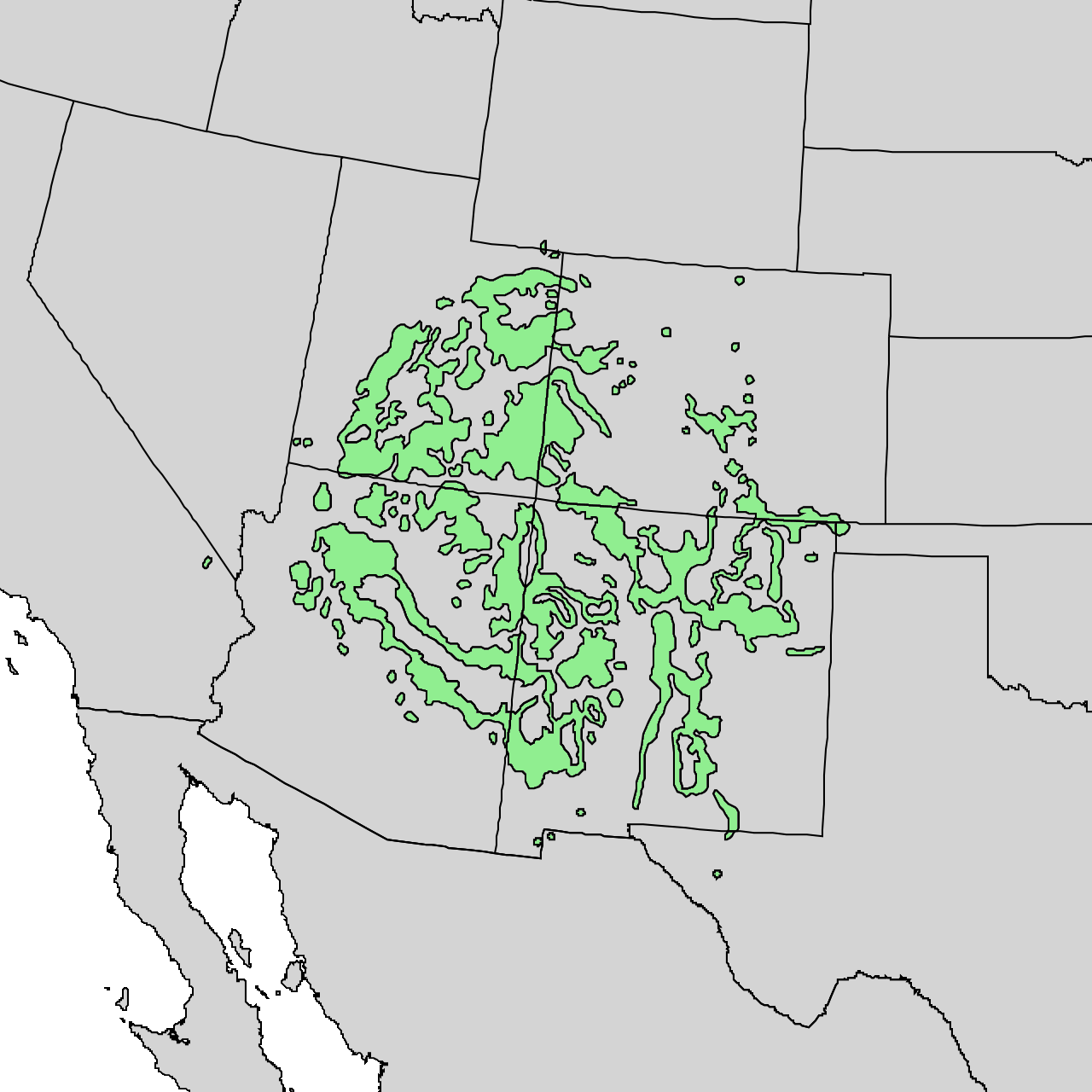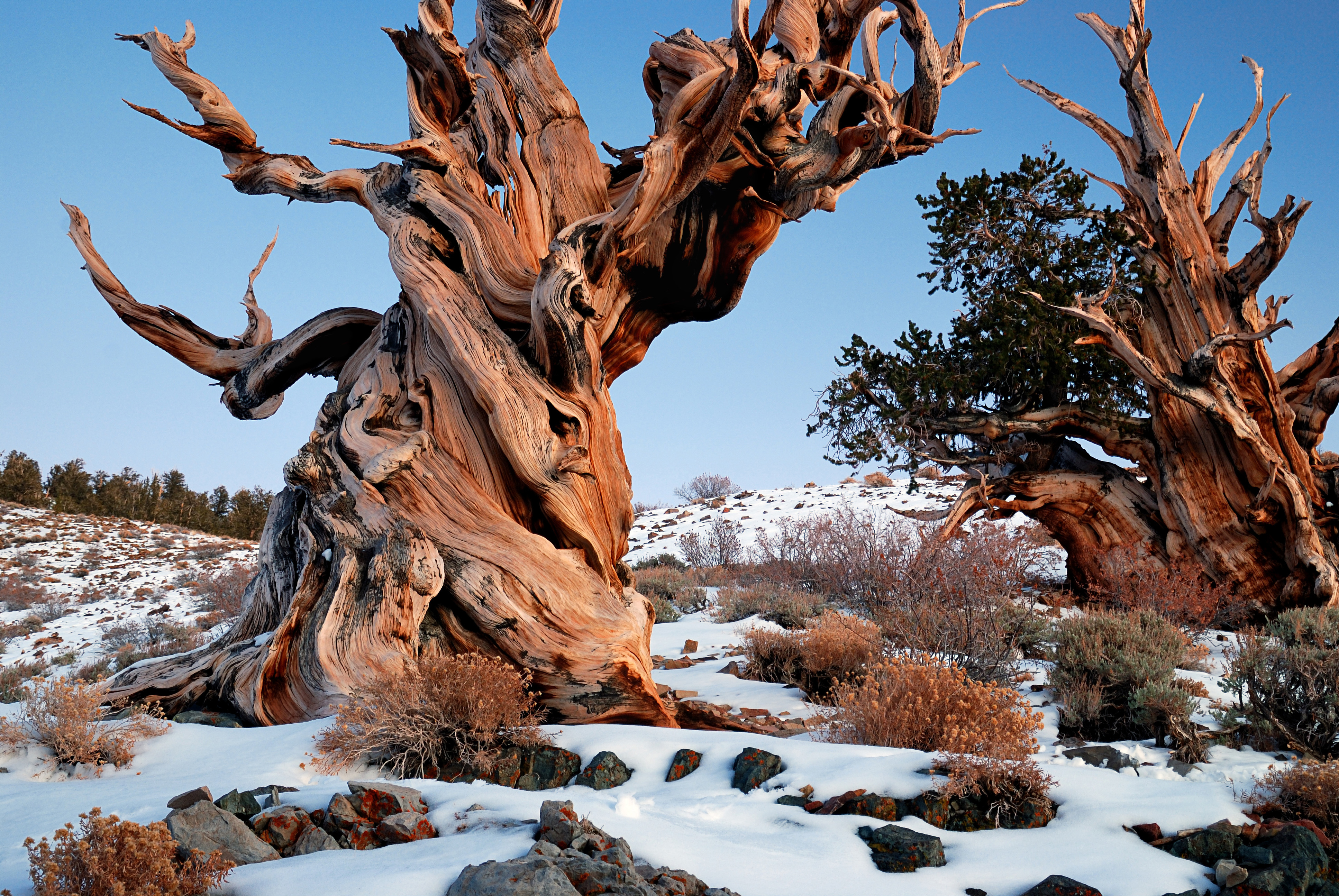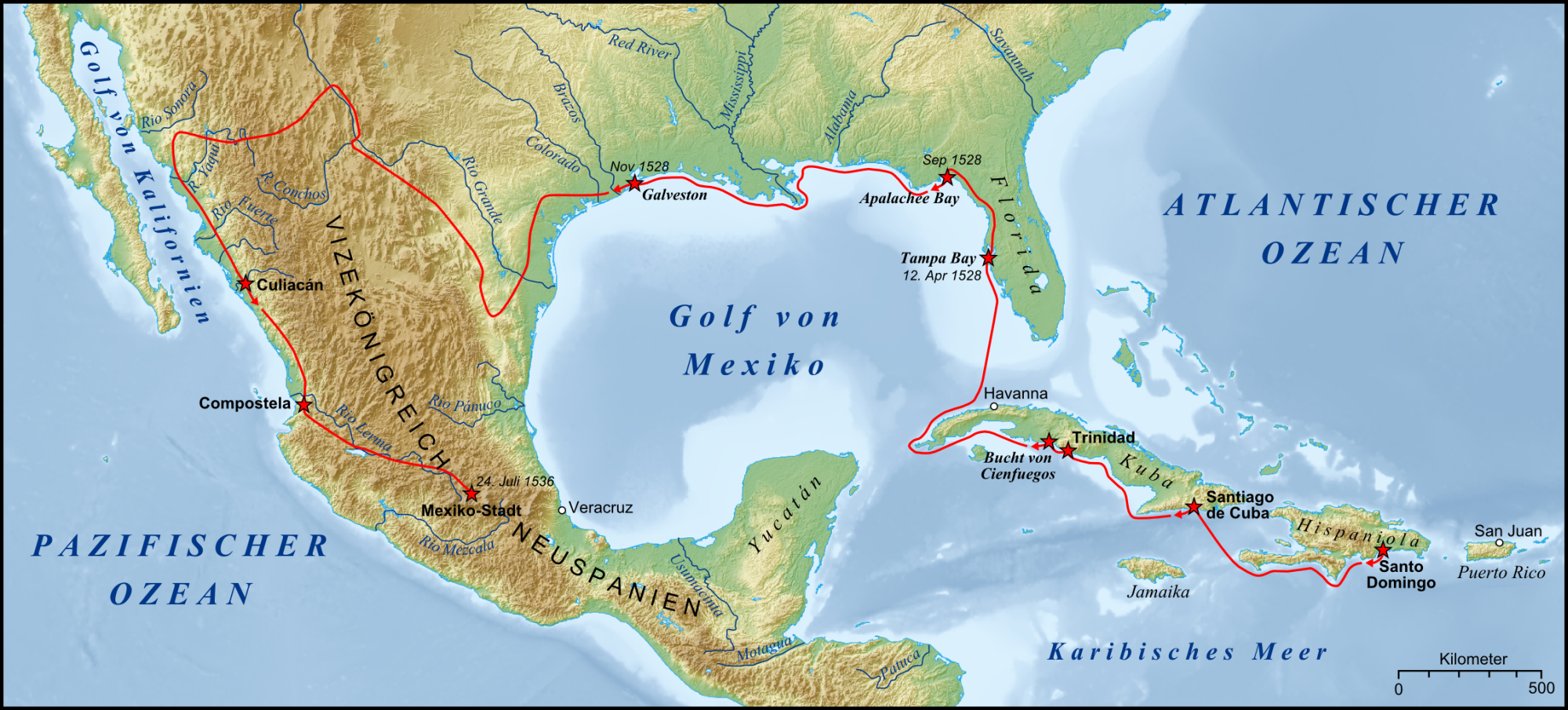|
Pinyon Pine
The pinyon or piñon pine group grows in southwestern North America, especially in New Mexico, Arizona, and Utah. The trees yield edible nuts, which are a staple food of Native Americans, and widely eaten as a snack and as an ingredient in New Mexican cuisine. The name comes from the Spanish ''pino piñonero'', a name used for both the American varieties and the stone pine common in Spain, which also produces edible nuts typical of Mediterranean cuisine. Harvesting techniques of the prehistoric American Indians are still used today to collect the pinyon seeds for personal use or for commercialization. The pinyon nut or seed is high in fats and calories. Pinyon wood, especially when burned, has a distinctive fragrance, making it a common wood to burn in chimeneas. Pinyon pine trees are also known to influence the soil in which they grow by increasing concentrations of both macronutrients and micronutrients. Some of the species are known to hybridize, the most notable ones being ... [...More Info...] [...Related Items...] OR: [Wikipedia] [Google] [Baidu] |
Pinus Maximartinezii
''Pinus maximartinezii'', called Martinez pinyon, big-cone pinyon or maxipiñon, is a pine in the pinyon pine group, native to west-central Mexico. Description It is a small tree, reaching tall and with a trunk diameter of up to . The bark is brown, thick and fissured at the base of the trunk. The leaves ('needles') are in fascicles of five, slender, long, and deep green to blue-green, with stomata confined to a bright white band on the inner surfaces. The cones are ovoid, massive, long and broad and up to weight when closed, green at first, ripening yellow-brown when 26–28 months old, with very thick, woody scales, typically 30–60 fertile scales. The scales are unusual for a pine in the soft pine group (''Pinus'' subgenus ''Strobus''); most pines in that group have flexible scales. The cones open to broad when mature. The seeds are long, with a thick shell, with a vestigial wing; the seedlings have 18–24 cotyledons, the highest number reported for any plant. It d ... [...More Info...] [...Related Items...] OR: [Wikipedia] [Google] [Baidu] |
Pinus Cembroides
''Pinus cembroides'', also known as pinyon pine, Mexican pinyon, Mexican nut pine, and Mexican stone pine, is a pine in the pinyon pine group, native to western North America. It grows in areas with low levels of rainfall and its range extends southwards from Arizona, Texas and New Mexico in the United States into Mexico. It typically grows at altitudes between . It is a small pine growing to about with a trunk diameter of up to . The seeds are large and form part of the diet of the Mexican jay and Abert's squirrel. They are also collected for human consumption, being the most widely used pine nut in Mexico. This is a common pine with a wide range and the International Union for Conservation of Nature has rated its conservation status as being of "least concern". Distribution The range extends from westernmost Texas, United States (where it is restricted to the Chisos and Davis Mountains), south through much of Mexico, occurring widely along the Sierra Madre Oriental and Sierra ... [...More Info...] [...Related Items...] OR: [Wikipedia] [Google] [Baidu] |
Bristlecone Pine
The term bristlecone pine covers three species of pine tree (family Pinaceae, genus ''Pinus A pine is any conifer tree or shrub in the genus ''Pinus'' () of the family Pinaceae. ''Pinus'' is the sole genus in the subfamily Pinoideae. The World Flora Online created by the Royal Botanic Gardens, Kew and Missouri Botanical Garden ...'', subsection ''Balfourianae''). All three species are long-lived and highly resilient to harsh weather and bad soils. One of the three species, ''Pinus longaeva'', is among the longest-lived life forms on Earth. The oldest of this species is more than 4,800 years old, making it the oldest known individual of any species. Despite their potential age and low reproductive rate, bristlecone pines, particularly ''Pinus longaeva'', are usually a primary succession, first-succession species, tending to occupy new open ground. They generally compete poorly in less-than-harsh environments, making them hard to cultivate. In gardens, they succumb qu ... [...More Info...] [...Related Items...] OR: [Wikipedia] [Google] [Baidu] |
Pinus Nelsonii
''Pinus nelsonii'', Nelson's pinyon, is a species of pine native to the mountains of northeastern Mexico, in Nuevo León, San Luis Potosí and Tamaulipas at 1,800–3,200 m altitude. Description It is a small tree growing to 10 m tall with a trunk up to 20–30 cm diameter. The crown is rounded and dense, and resembles that of the unrelated '' Pinus pinea'' from the western Mediterranean. The needles are produced in fascicles of three (occasionally four), but 'zipped' together by their finely serrated margins so that they look like a single needle; they can only be separated by force. They are 4–8 (rarely 10) cm long and 0.7–1 mm thick, sub-shiny dark green in colour, with a persistent grey basal sheath 7–9 mm long. The cones are cylindrical, 6–12 cm long and 4–5 cm broad, orange-brown to red-brown colour, with 60–100 scales with large but indistinct umbos, and carried on a stout downcurved peduncle 3–6 cm long. Unlike all ... [...More Info...] [...Related Items...] OR: [Wikipedia] [Google] [Baidu] |
Pinus Pinceana
''Pinus pinceana'', with the common names weeping pinyon and Pince's pinyon pine, is a species of conifer in the family Pinaceae. Distribution This pine species is endemic to Mexico, in the states of: Durango; northern Coahuila, Nuevo León, and Zacatecas; central San Luis Potosí; and southern Querétaro and Hidalgo. Its distribution extends over a distance of more than from north to south. The majority of its range it is found at altitudes between in elevation, within arid areas. Description ''Pinus pinceana'' forms a small tree or large shrub. Seeds are edible but produced infrequently. It is an IUCN Red List Near threatened species, endangered by habitat loss Habitat destruction (also termed habitat loss and habitat reduction) is the process by which a natural habitat becomes incapable of supporting its native species. The organisms that previously inhabited the site are displaced or dead, thereby .... References Current IUCN Red List of all Threatened Species ... [...More Info...] [...Related Items...] OR: [Wikipedia] [Google] [Baidu] |
Pinus Rzedowskii
''Pinus rzedowskii'', commonly known as Rzedowski's pine, is a species of conifer in the pine family, Pinaceae. It is endemic to western Michoacán state, in southwestern Mexico Mexico (Spanish: México), officially the United Mexican States, is a country in the southern portion of North America. It is bordered to the north by the United States; to the south and west by the Pacific Ocean; to the southeast by Guatema .... References External links * rzedowskii Endemic flora of Mexico Trees of Michoacán Taxonomy articles created by Polbot {{conifer-stub ... [...More Info...] [...Related Items...] OR: [Wikipedia] [Google] [Baidu] |
Pinus Quadrifolia
''Pinus quadrifolia'', the Parry pinyon, is a pine A pine is any conifer tree or shrub in the genus ''Pinus'' () of the family Pinaceae. ''Pinus'' is the sole genus in the subfamily Pinoideae. The World Flora Online created by the Royal Botanic Gardens, Kew and Missouri Botanical Garden accep ... in the pinyon pine group native to southernmost California in the United States and northern Baja California in Mexico, from 33° 30' N south to 30° 30' N. The Parry pinyon has a lifespan of around 200 to 500 years. It is usually found in rocky areas that often have thin soil. It occurs at moderate altitudes from to , rarely as low as and as high as . It is scarce and often scattered in this region, forming open woodlands, usually mixed with junipers. Other common names include nut pineFarjon, A. 2013''Pinus quadrifolia''.In: IUCN 2013. IUCN Red List of Threatened Species. Version 2013.1. Downloaded on 31 July 2013. and fourleaf pinyon pine. Description ''Pinus quadrifolia'' is ... [...More Info...] [...Related Items...] OR: [Wikipedia] [Google] [Baidu] |
Pinus Monophylla
''Pinus monophylla'', the single-leaf pinyon, (alternatively spelled piñon) is a pine in the pinyon pine group, native to North America. The range is in southernmost Idaho, western Utah, Arizona, southwest New Mexico, Nevada, eastern and southern California and northern Baja California. It occurs at moderate altitudes from , rarely as low as and as high as . It is widespread and often abundant in this region, forming extensive open woodlands, often mixed with junipers in the Pinyon-juniper woodland plant community. Single-leaf pinyon is the world's only one-needled pine.Gerry Moore et al. 2008 Description Species ''Pinus monophylla'' is a small to medium size tree, reaching tall and with a trunk diameter of up to rarely more. The bark is irregularly furrowed and scaly. The leaves ('needles') are, uniquely for a pine, usually single (not two or more in a fascicle, though trees with needles in pairs are found occasionally), stout, long, and grey-green to strongly glaucous bl ... [...More Info...] [...Related Items...] OR: [Wikipedia] [Google] [Baidu] |
Pinus Edulis
''Pinus edulis'', the Colorado pinyon, two-needle piñon, pinyon pine, or simply piñon, is a pine in the pinyon pine group whose ancestor was a member of the Madro-Tertiary Geoflora (a group of drought resistant trees) and is native to the United States. Distribution and habitat The range is in Colorado, southern Wyoming, eastern and central Utah, northern Arizona, New Mexico, western Oklahoma, southeastern California, and the Guadalupe Mountains in far western Texas. It occurs at moderate elevations of , rarely as low as and as high as . It is widespread and often abundant in this region, forming extensive open woodlands, usually mixed with junipers in the pinyon-juniper woodland plant community. The Colorado pinyon (piñon) grows as the dominant species on 4.8 million acres () in Colorado, making up 22% of the state's forests. The Colorado pinyon has cultural meaning to agriculture, as strong piñon wood "plow heads" were used to break soil for crop planting at the state's ... [...More Info...] [...Related Items...] OR: [Wikipedia] [Google] [Baidu] |
Pinus Remota
''Pinus remota'', commonly known as the Texas pinyon or papershell pinyon, is a pine in the pinyon pine group, native to southwestern Texas and northeastern Mexico. It can be distinguished from other pinyon species by its thin-walled seeds, which made it especially attractive as a food to Indians and Mexicans living where it grew. Spanish explorer Cabeza de Vaca noted that the papershell pinon was an important food for the Indians in 1536. Description ''Pinus remota'' is a small tree or large shrub, reaching 3–10 m tall and with a trunk diameter of up to 40 cm. The bark is thick, rough, and scaly. The leaves ('needles') are in mixed pairs and threes (mostly pairs), slender, 3–5 cm long, and dull gray-green, with stomata on both inner and outer surfaces. The cones are squat globose, 3–5 cm long and broad when closed, green at first, ripening yellow-buff when 18–20 months old, with only a small number of thin scales, with typically 5-12 fertile scales. T ... [...More Info...] [...Related Items...] OR: [Wikipedia] [Google] [Baidu] |
Pinus Culminicola
''Pinus culminicola'', commonly known as Potosí pinyon or Potosí Piñón, is a pine in the pinyon pine group, native and endemic to northeast Mexico. The range is highly localised, confined to a small area of high summits in the northern Sierra Madre Oriental in Coahuila and Nuevo León, and only abundant on the highest peak, Cerro Potosí (3713 m). It occurs at very high altitudes, from 3000–3700 m, in cool, moist subalpine climate conditions. Description It is a medium-size shrub, reaching 1.5–5 m tall and with a trunk diameter of up to 25 cm. The bark is grey-brown, thin and scaly at the base of the trunk. The leaves ('needles') are in fascicles of five, slender, 3–5.5 cm long, and deep green to blue-green, with stomata confined to a bright white band on the inner surfaces. The cones are globose, 3–4 cm long and broad when closed, green at first, ripening yellow-brown when 16–18 months old, with only a small number of thin, fragile scales, typically ... [...More Info...] [...Related Items...] OR: [Wikipedia] [Google] [Baidu] |



